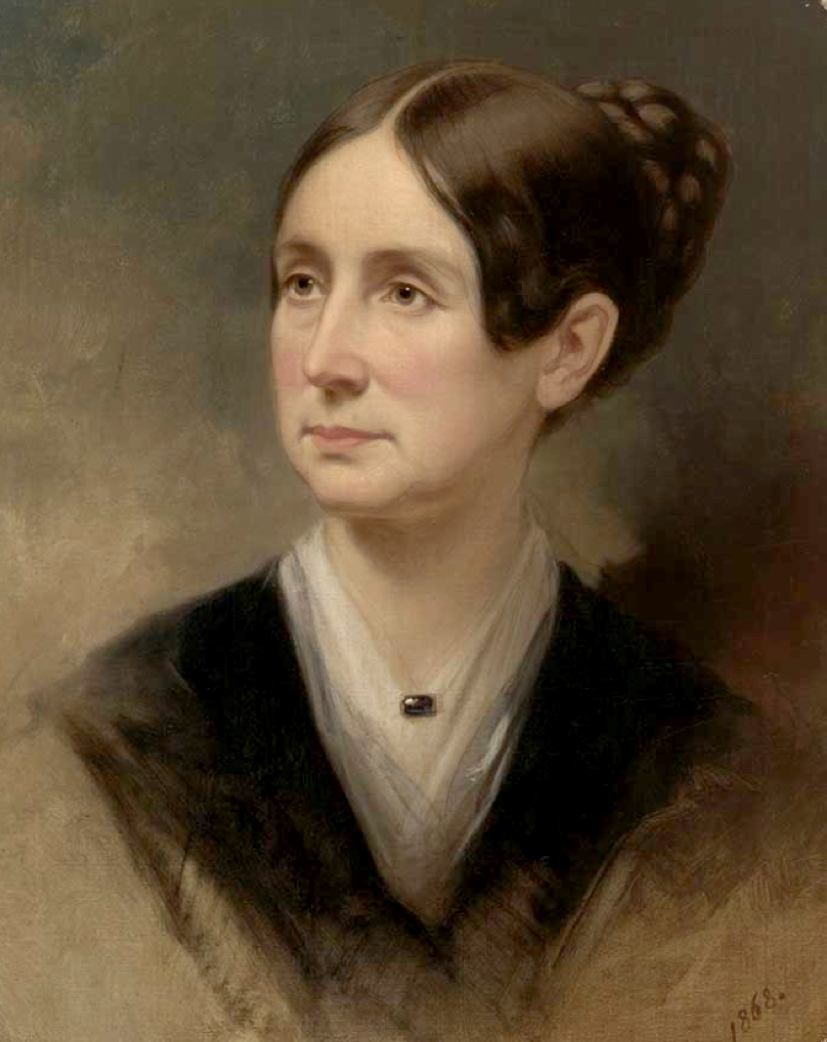Facts about Dorothea Dix
Dorothea Dix Biography
Dorothea Dix is known for her tireless work in the 1800s to improve the treatment of the mentally ill.
Dorothea Dix grew up in Maine and Massachusetts and was only 19 when she opened a school for girls in Boston in 1821. An 1841 visit to a local jail, where she saw insane inmates chained naked to stone walls, spurred her to begin a crusade to improve the housing, clothing and treatment of mentally ill inmates and patients across Massachusetts. At the time, there were no such things as state hospitals or mental health programs; Dix visited prisons, talked with doctors, wrote reports, and pushed successfully for new laws protecting the insane.
After hard-won successes in Massachusetts, she travelled widely to repeat her approach in other states. Dix didn’t stop there: she toured Europe and Asia in the 1850s, influencing Italy and other countries to build new hospitals and improve their treatment of the insane.
Among her triumphs was the opening of the first state hospital for the mentally ill, the New Jersey State Lunatic Asylum, in Trenton in 1848. Dorothea Dix spent her last years in a special apartment there, where she died in 1887. Her 1845 publication Remarks on Prisons and Prison Discipline in the United States is considered a landmark document in the history of public health.
Extra credit
Her full name was Dorothea Lynde Dix… Dix worked closely with Dr. Thomas Kirkbride, a Philadelphia physician whose philosophy for building and running hospitals to treat the insane was known as “The Kirkbride Plan.” The New Jersey State Lunatic Asylum was the first Kirkbride Plan hospital to be built; it is now known as the Trenton Psychiatric Hospital… Dix never married and had no children… She served as Superintendent of Nurses for the Union Army during the Civil War.

